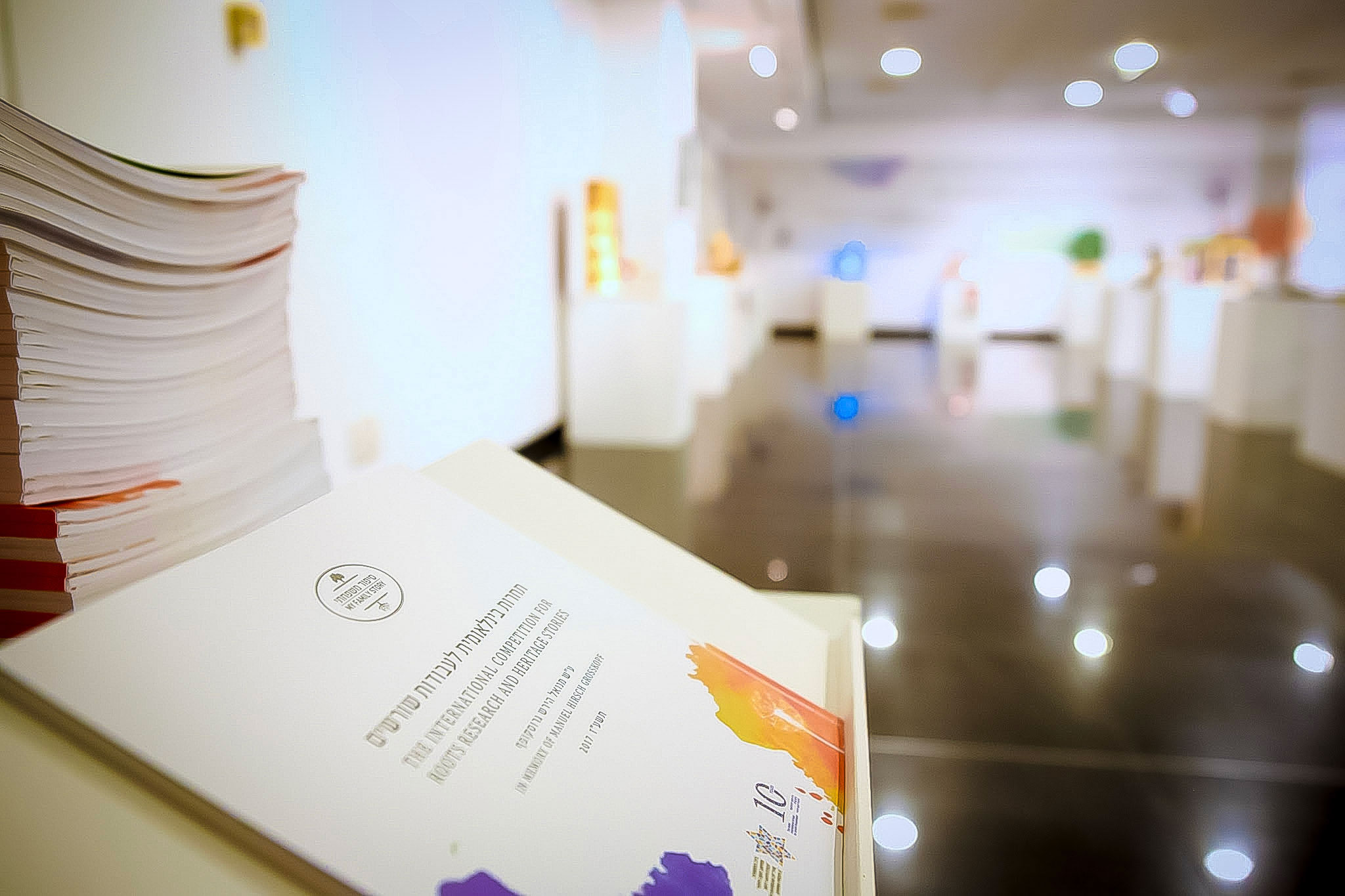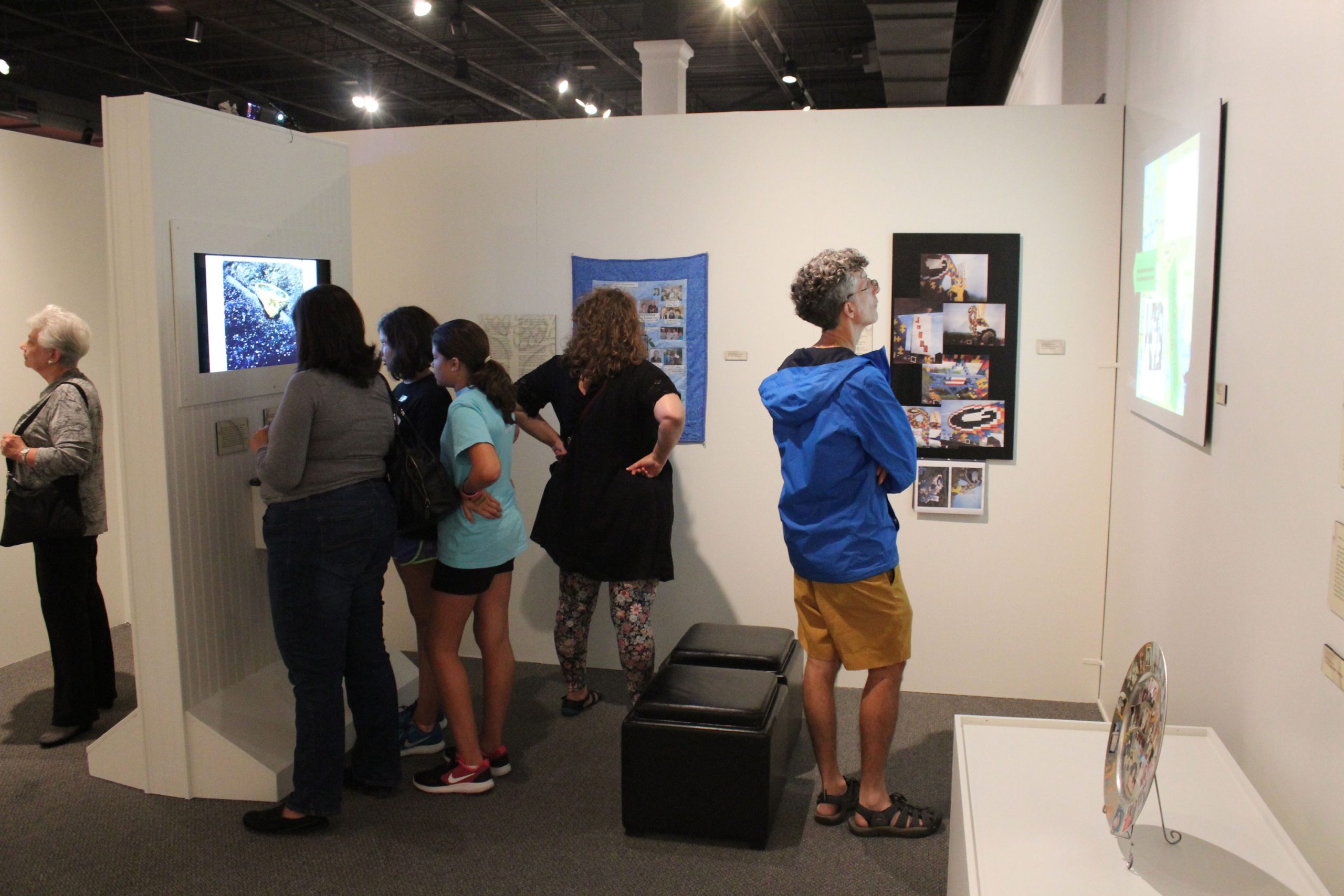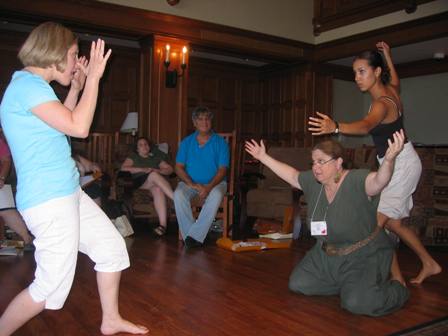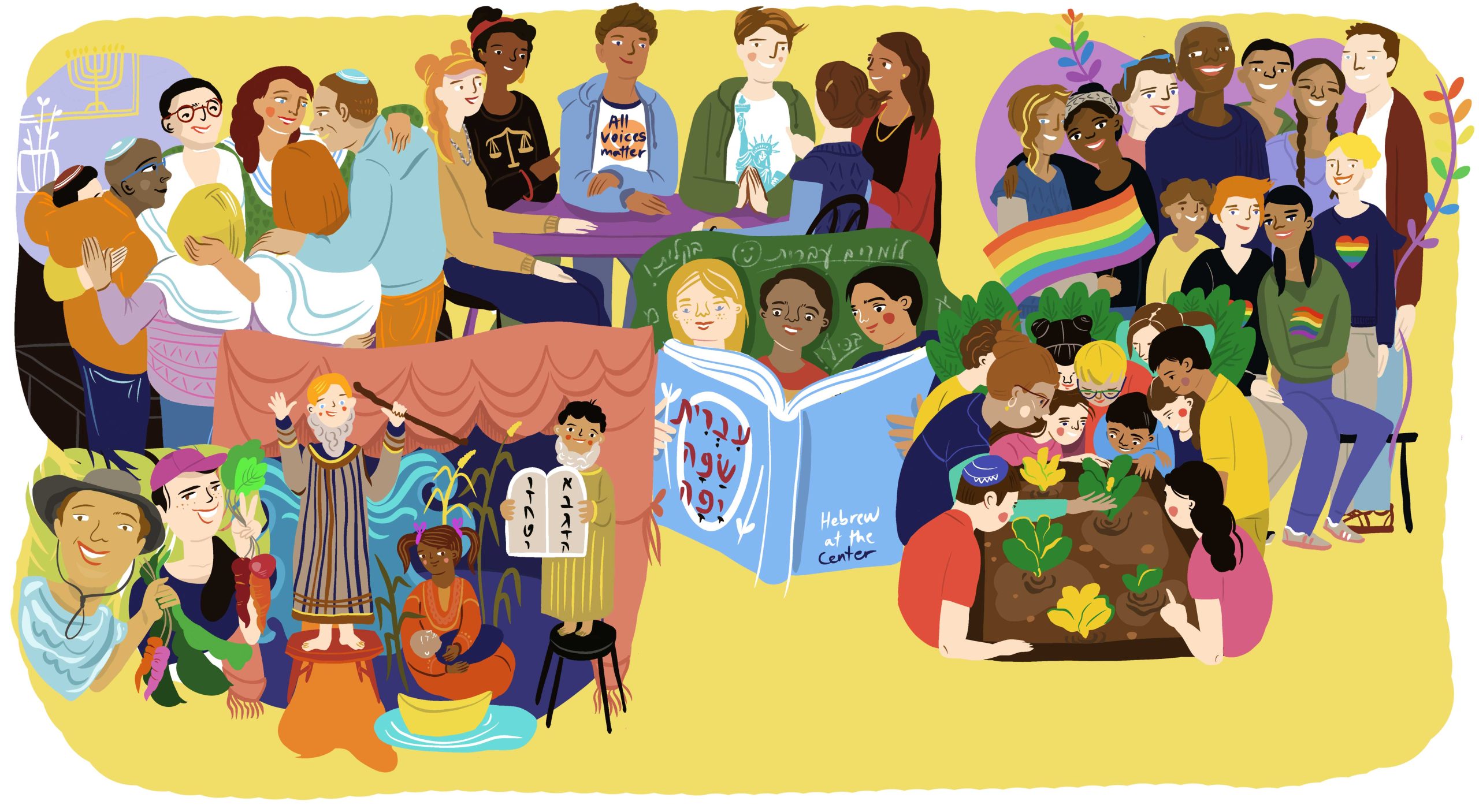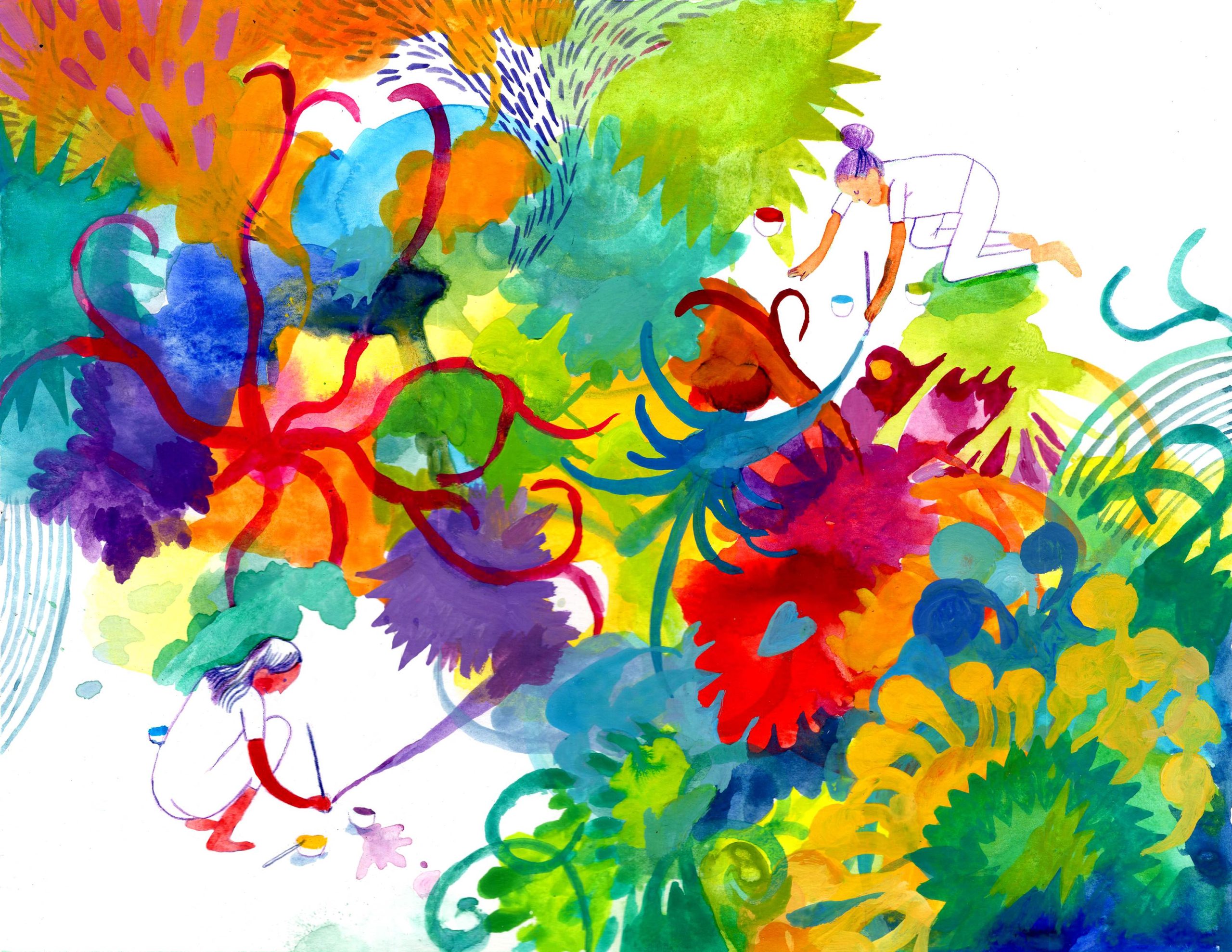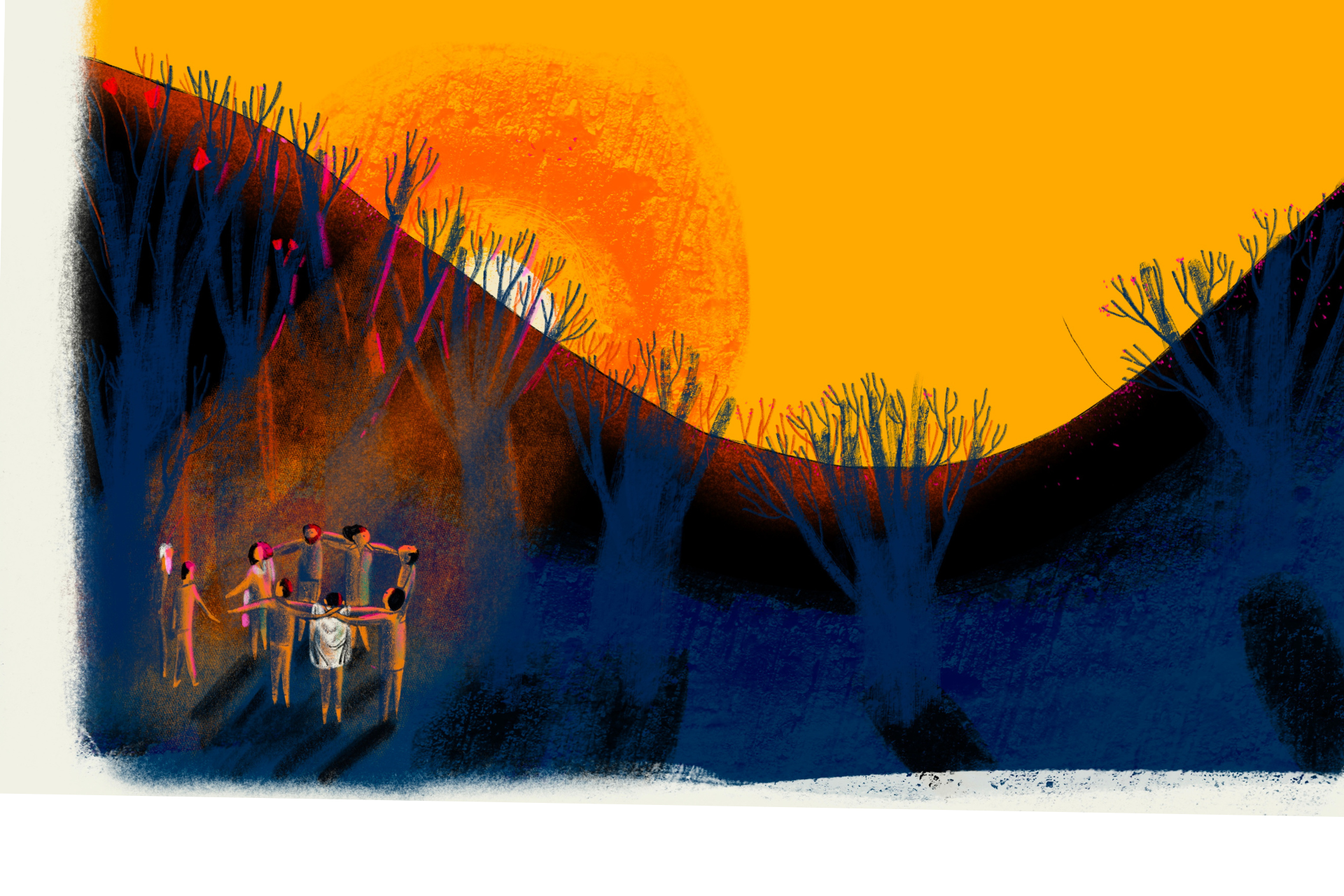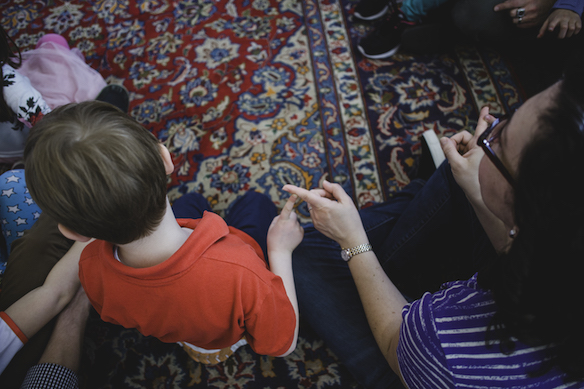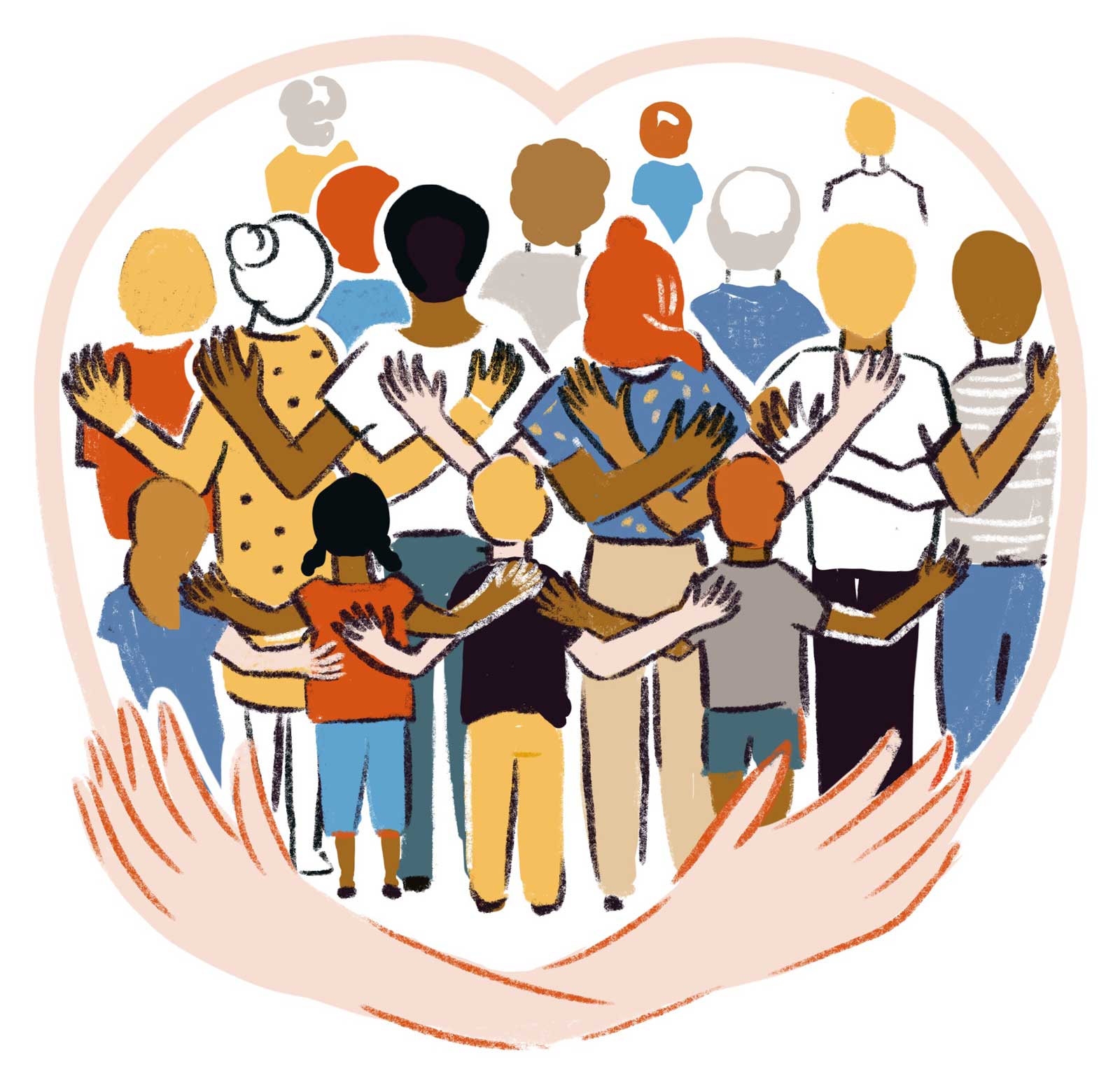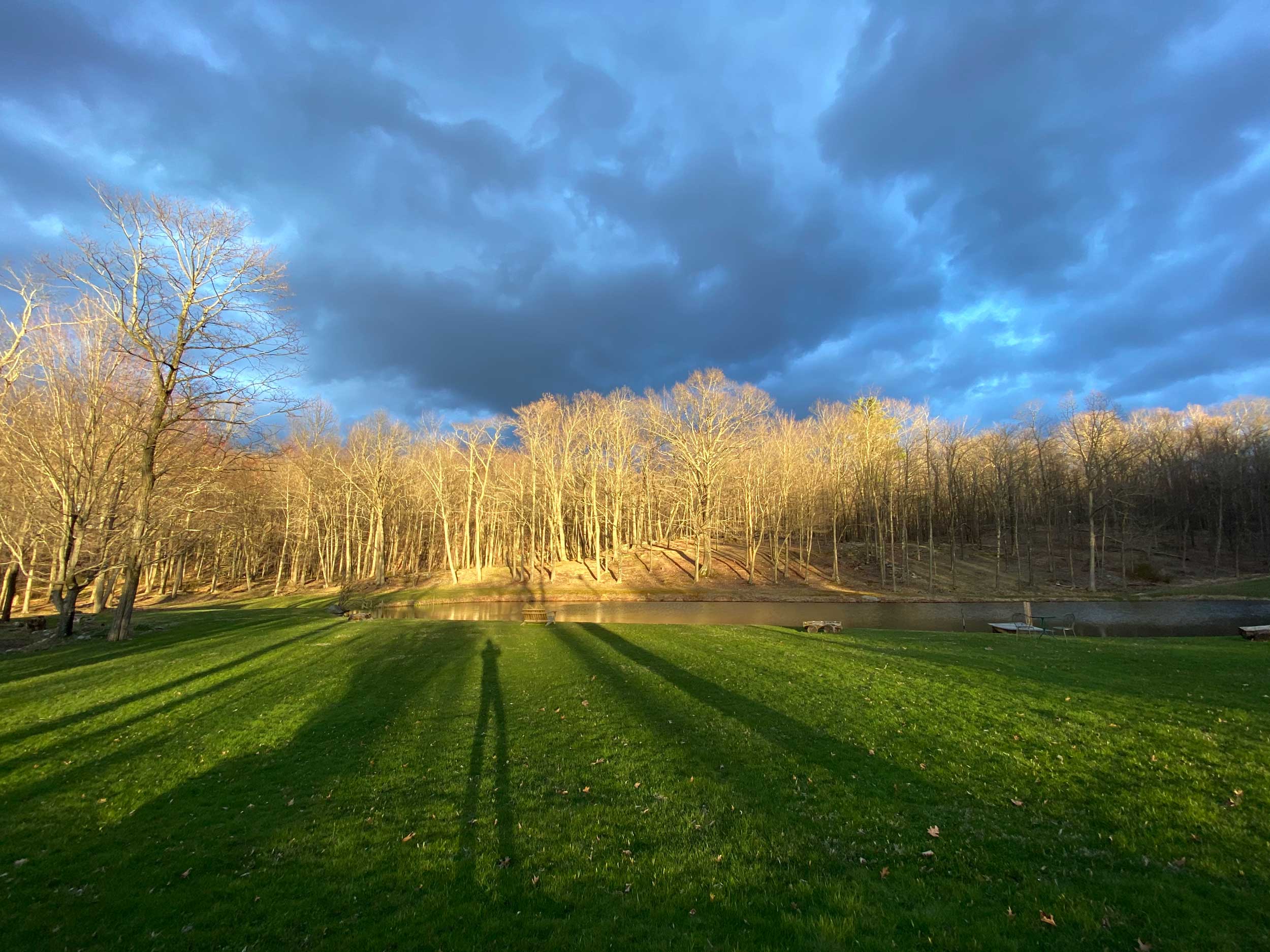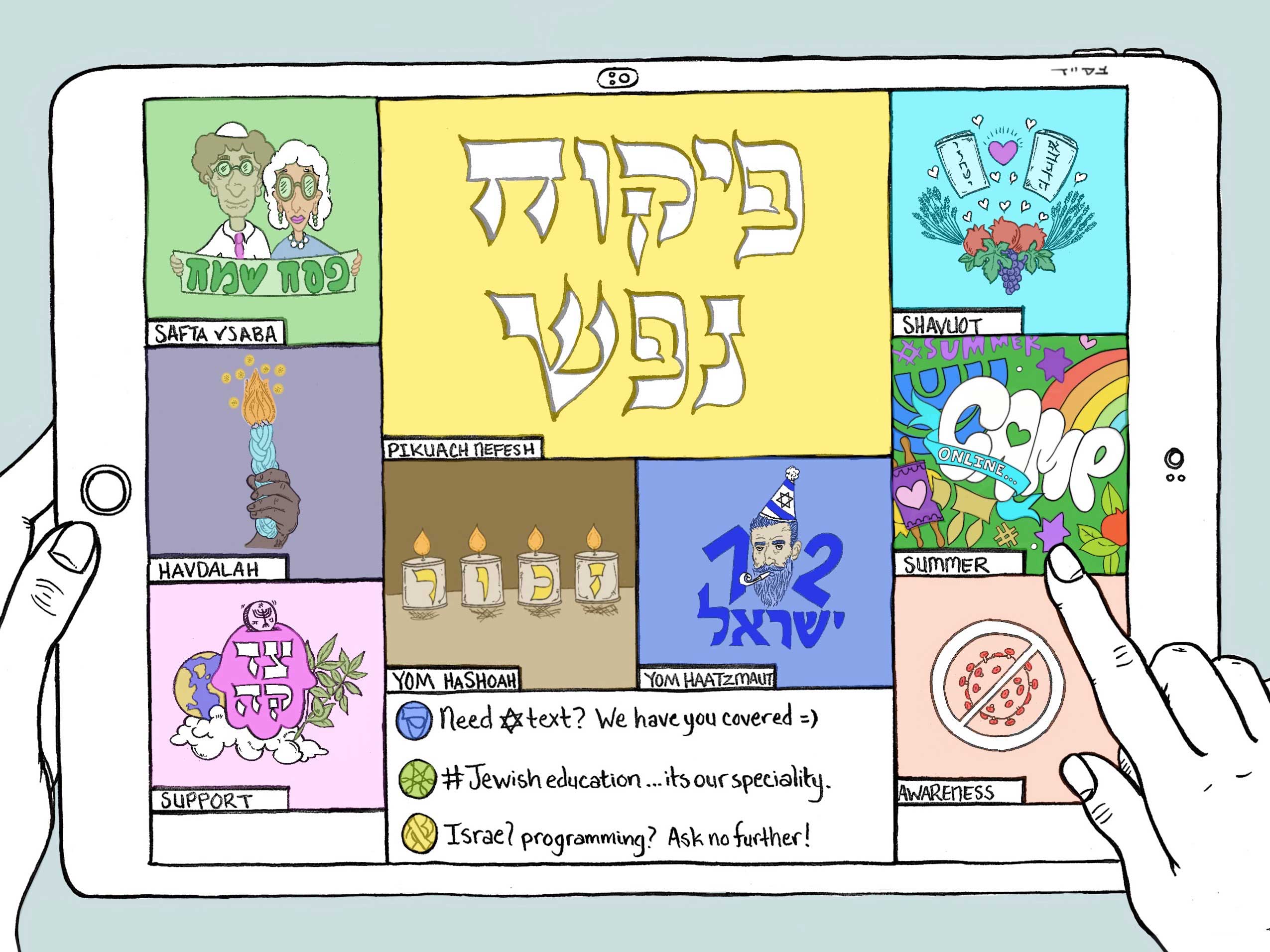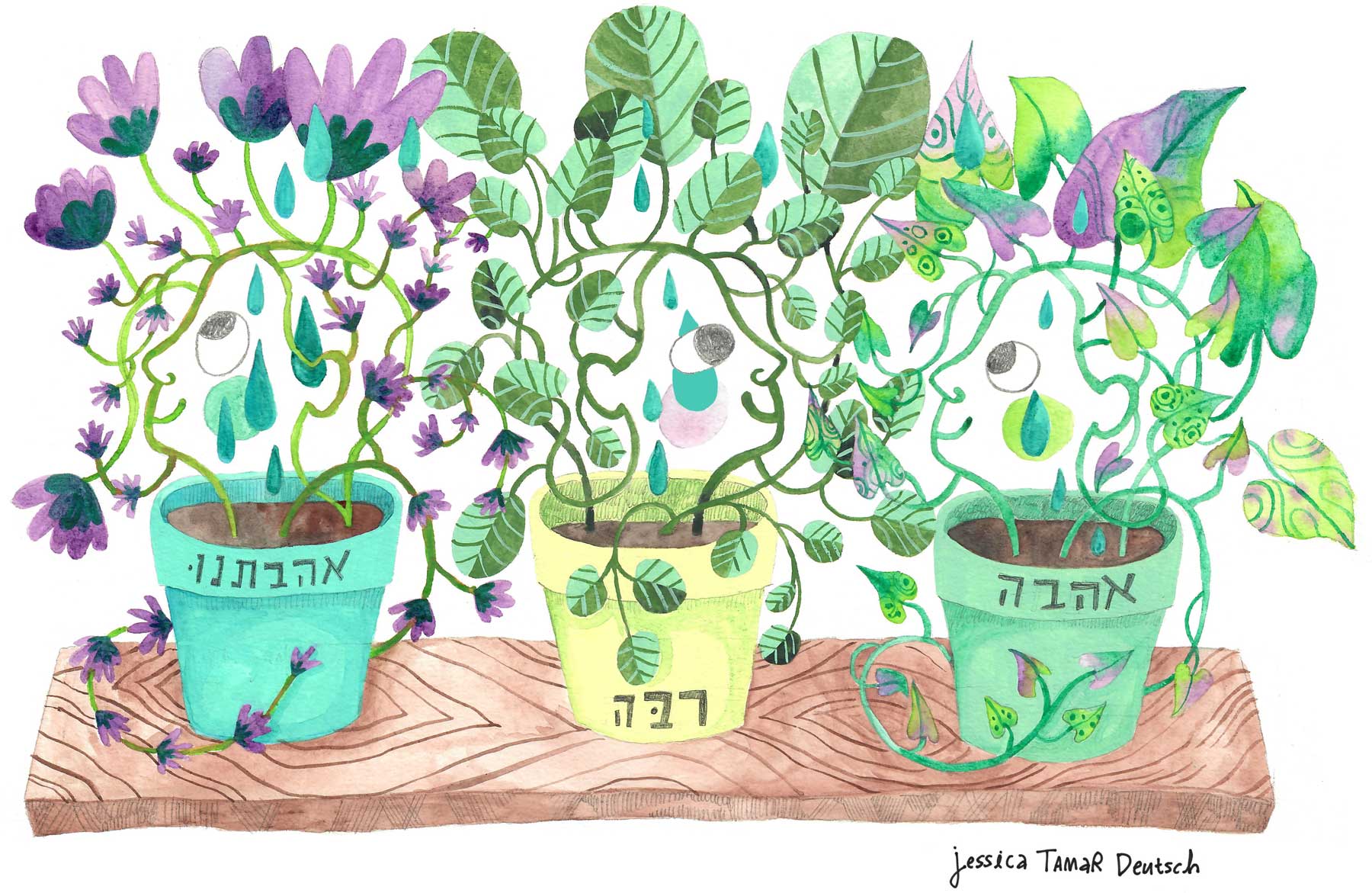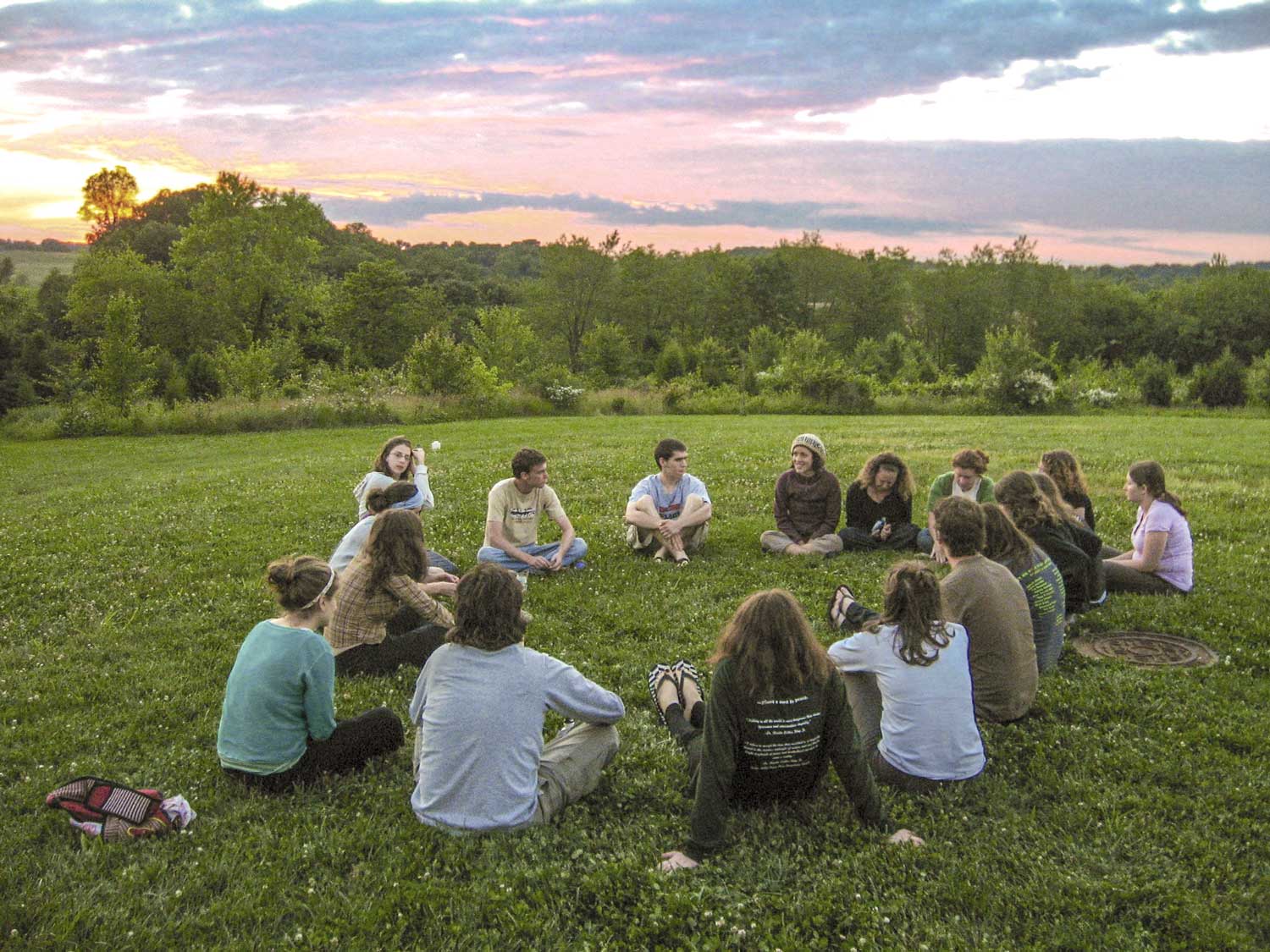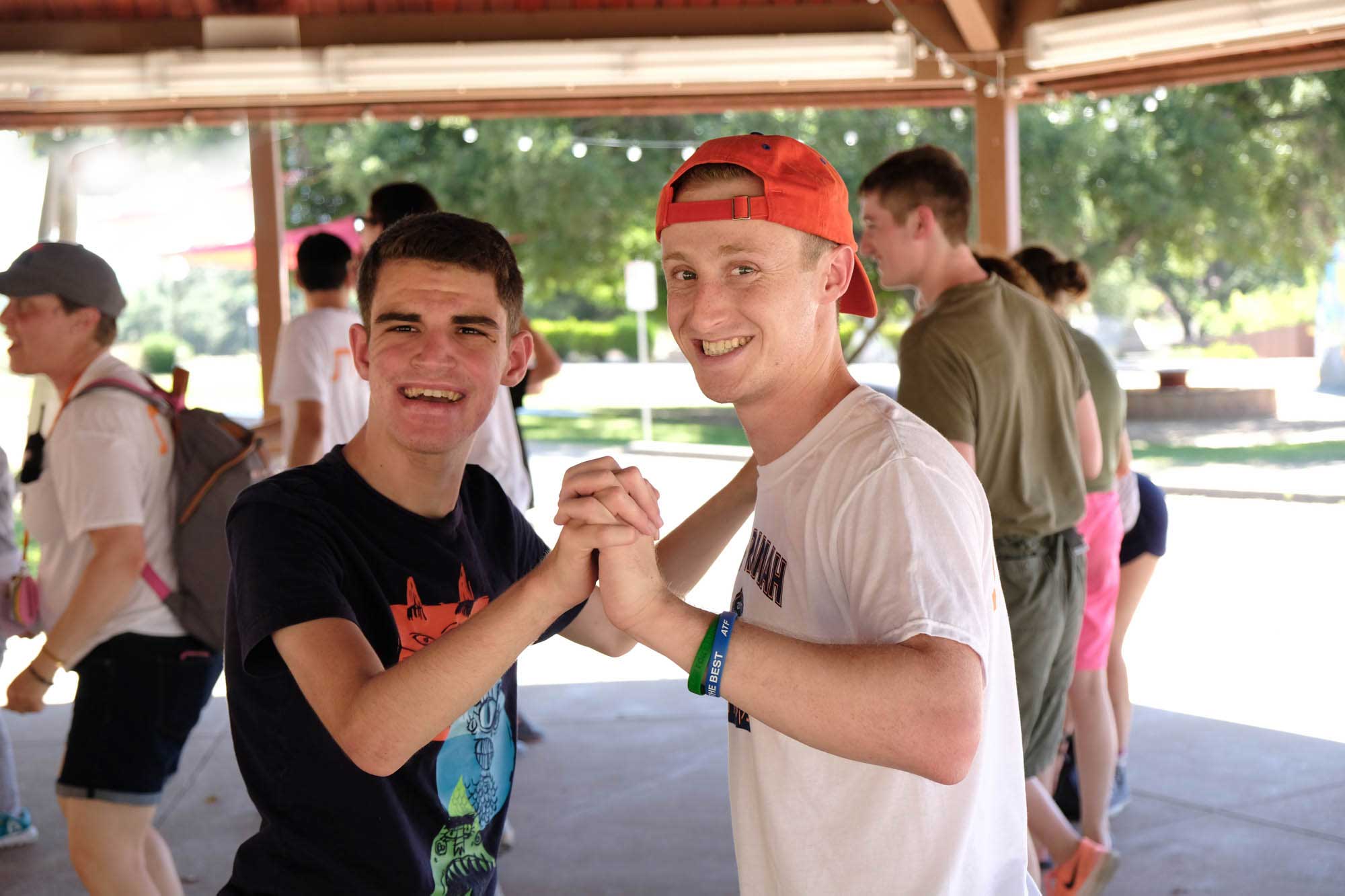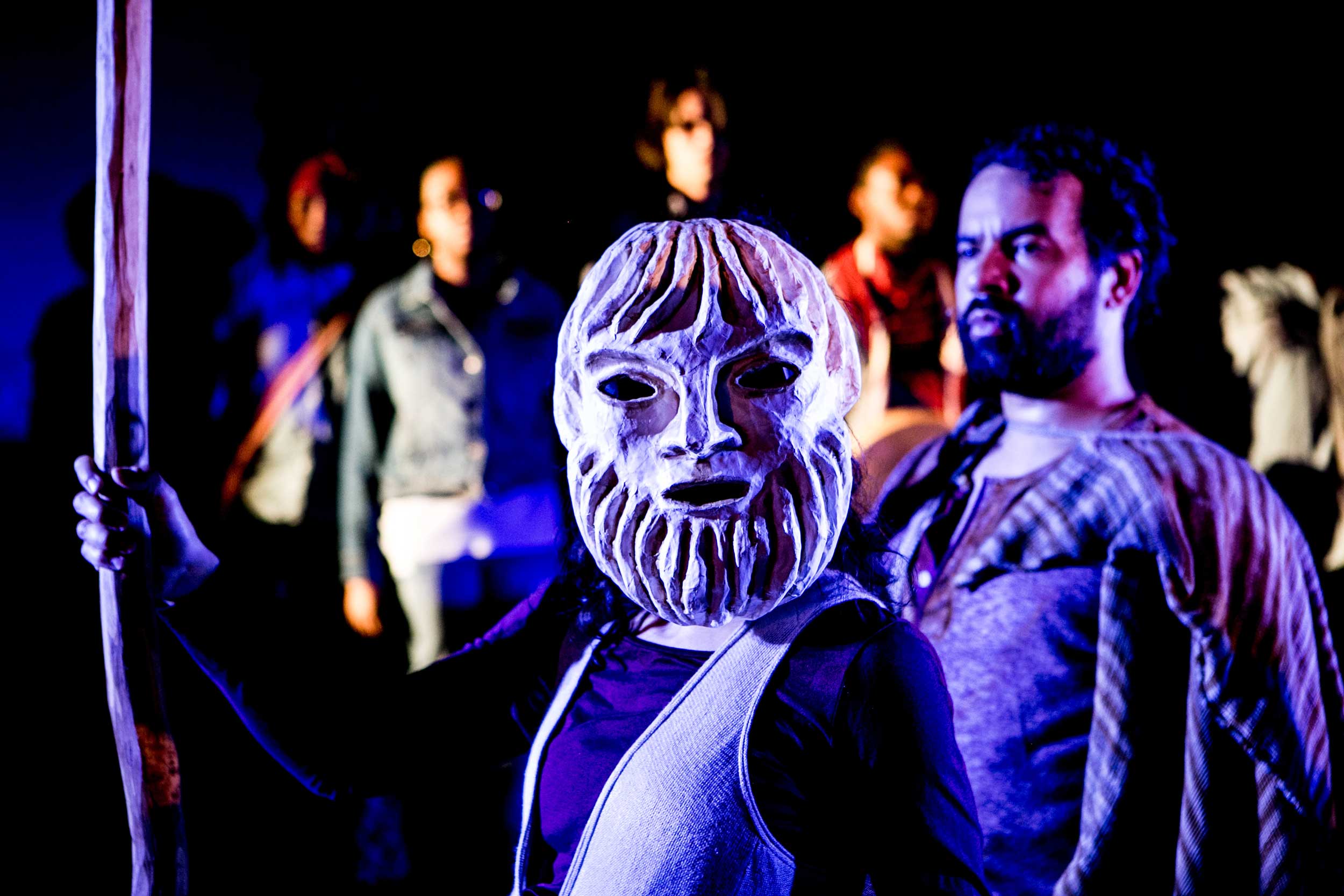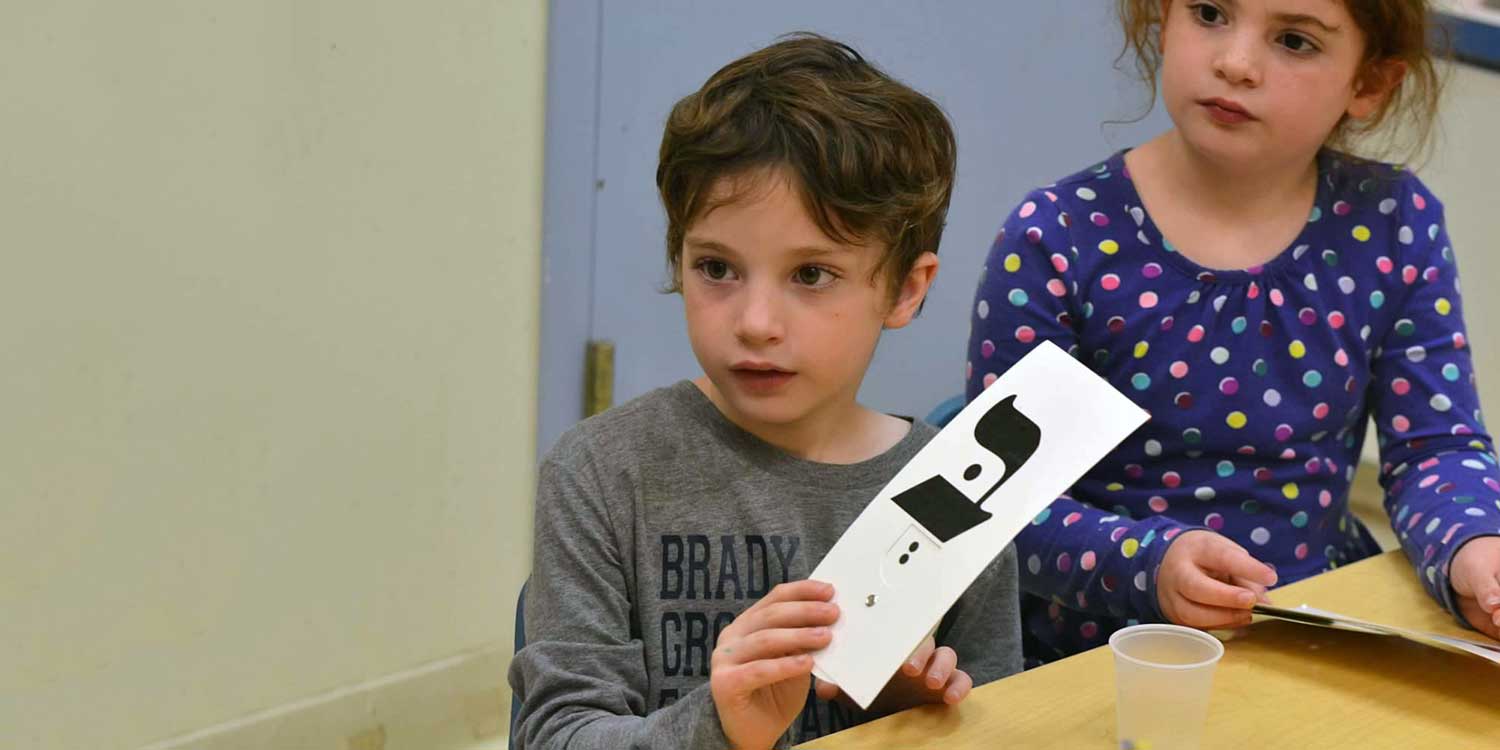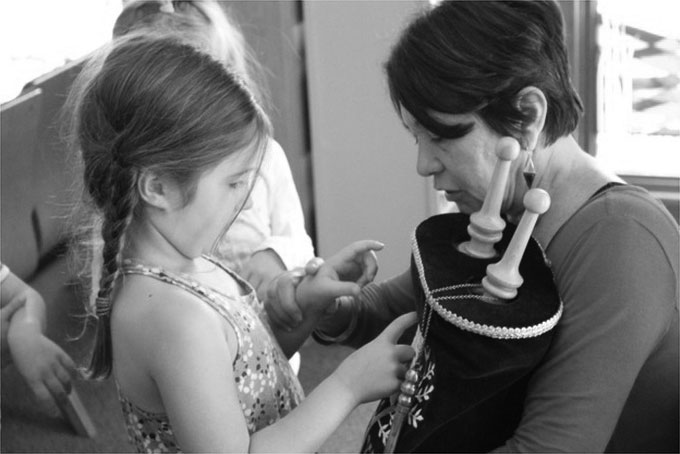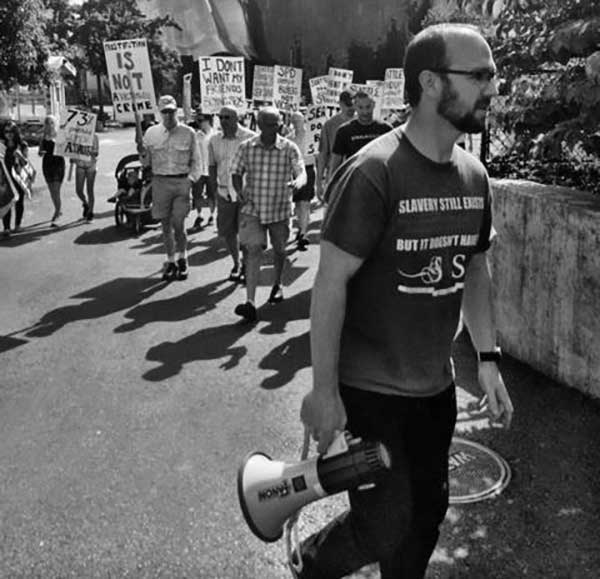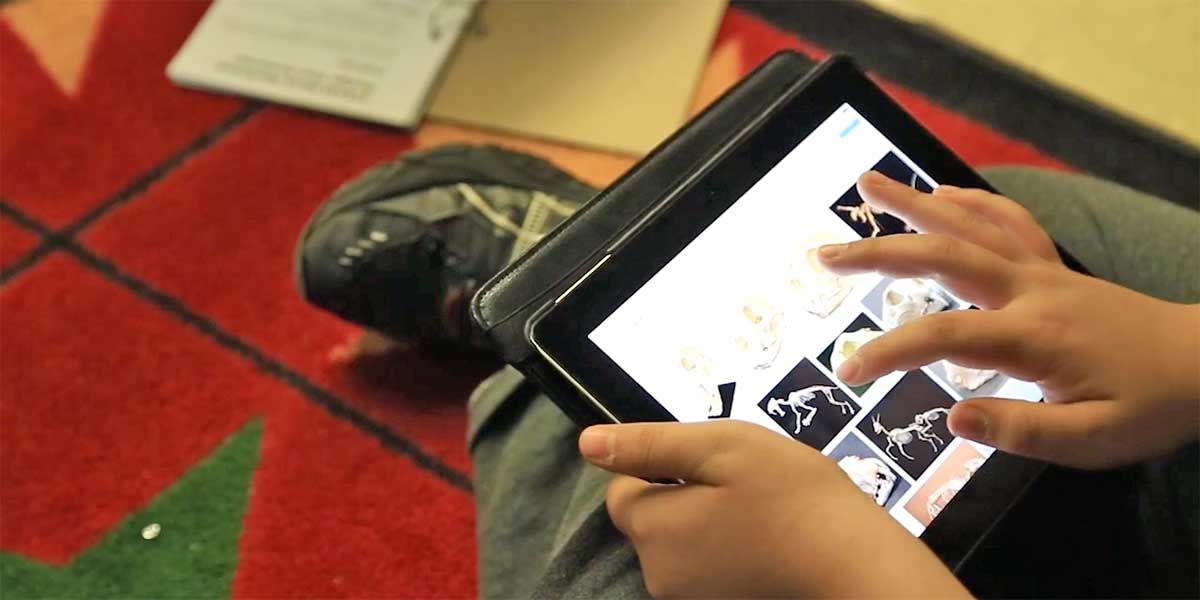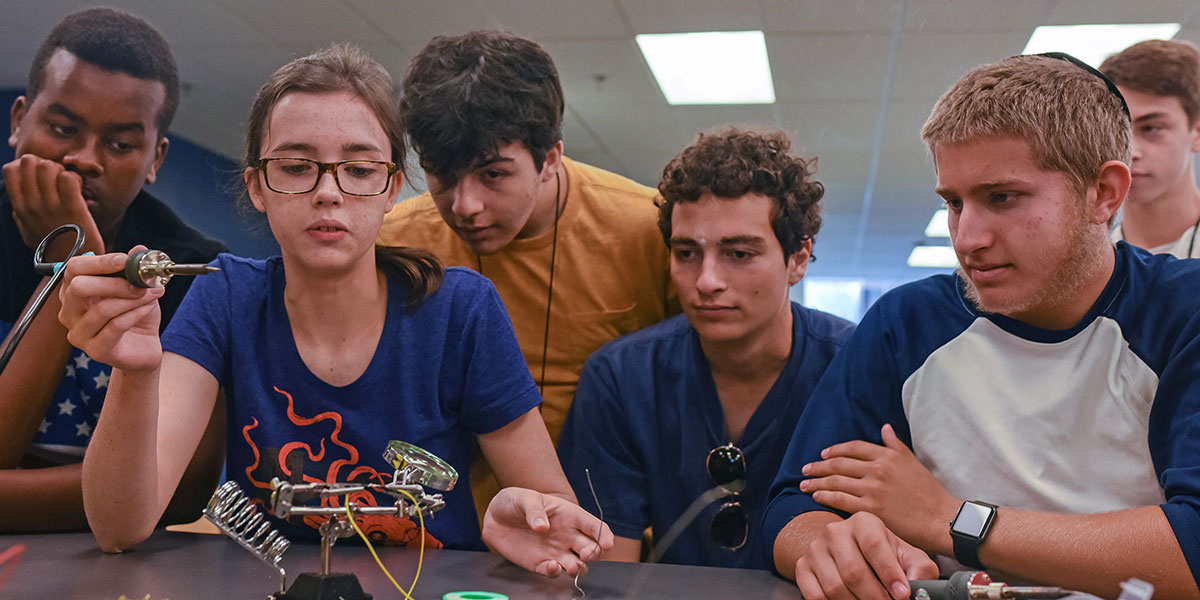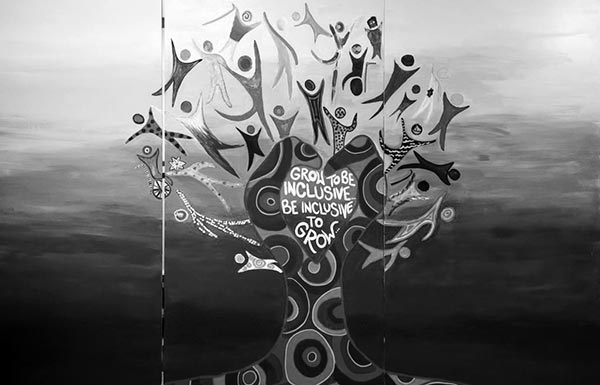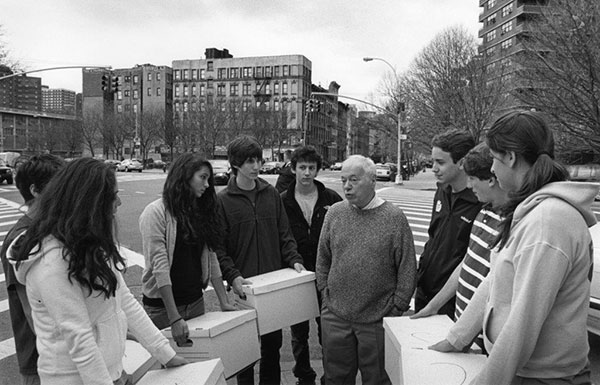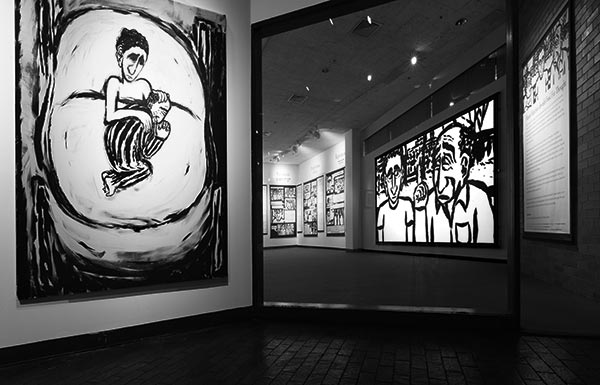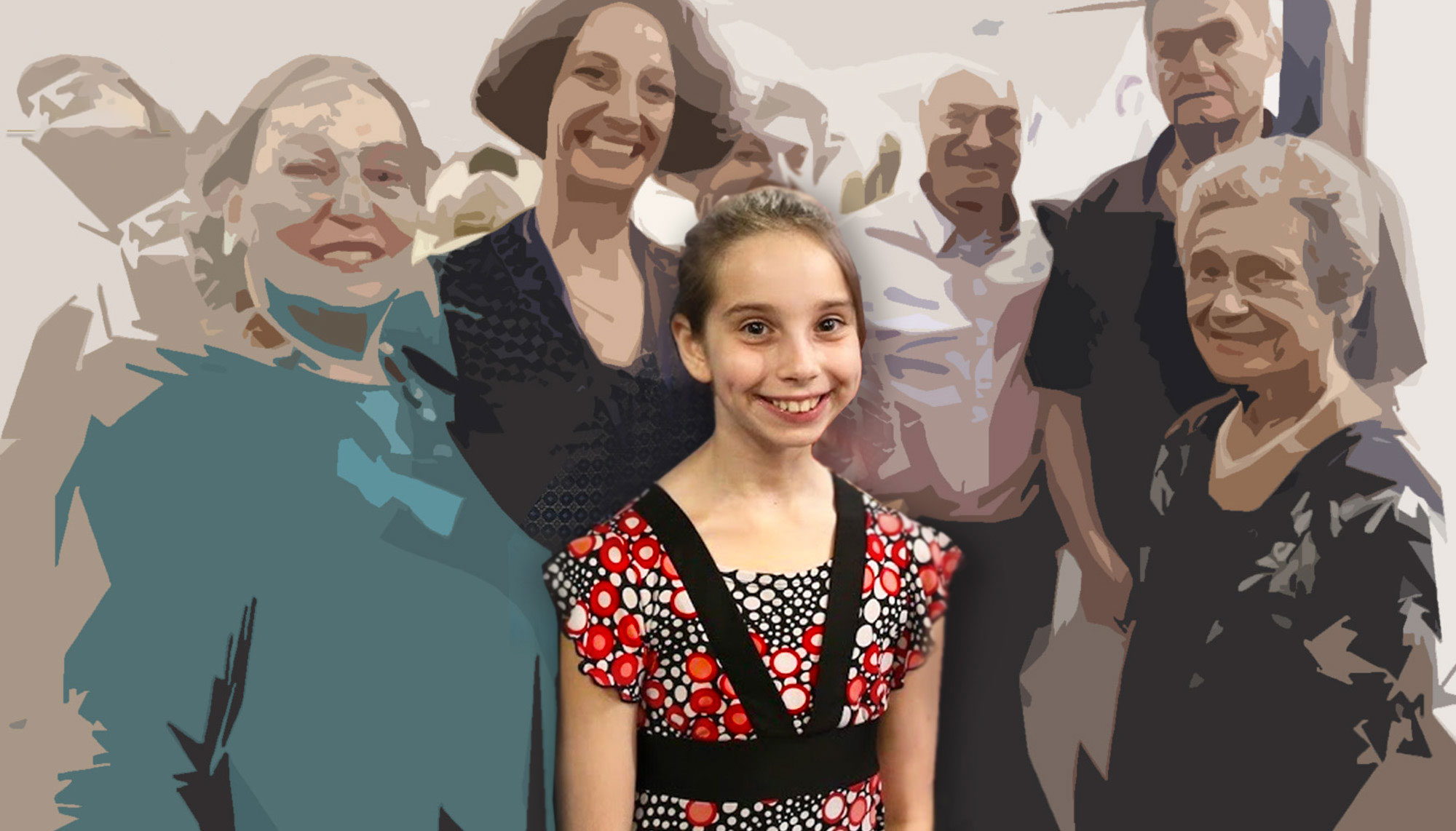
ARTICLE Curating My Family Story Teaches Kids About Art, Curation, and Family History
When Naomi Silverman’s great-grandmother Rita Rosen passed away in 2016, she was 89 years old and Naomi was 11. The two were very close. According to Naomi, Grandma Rita was “one of my favorite people in the world.”
Just before Rita passed away, Naomi’s family shared stories with one another about her life, as families often do when they stand at the precipice of such significant loss.
“The end of someone’s life can offer a ‘discovery moment,’” said Naomi’s dad Jerry. “As family members go through photographs and share memories, they find out details that hadn’t previously been known.”
But in the case of the Silverman family, the moment was made even more auspicious, because simultaneously Jerry heard about a program called “Curating My Family Story,” which would be running at The Contemporary Jewish Museum in San Francisco and would allow him to formalize the remembrance process with Naomi.
“The program caught my eye,” Silverman said. “It involved a series of three workshops [from September through November of 2016] during which parents and kids work together to make a Jewish family genealogy art project.”
There was also the added incentive of a trip to Israel for the winner of the Curating My Family Story Competition.
“How could we go wrong?” Silverman added.
The Curating My Family Story workshop series that Naomi and her dad discovered (and which has been supported by a Covenant Foundation grant since 2015) is an iteration of The Museum of the Jewish People at Beit Hatfutsot's My Family Story, and was designed especially for Jewish museums and JCCs. The program invites families to conduct roots research, oral histories, and collaborative artmaking to create an artistic display based on their research and family history. Geared toward students aged 11–15, the participants are invited to submit their artwork to the Beit Hatfutsot “My Family Story International Competition” for a chance to be included in their annual exhibition in Tel Aviv. Winners are invited to Israel for the competition and celebration.
It was Shula Bahat, a Covenant grantee and the CEO of Beit Hatfutsot of America, who took a particular interest in the My Family Story project when she began working for Beit Hatfutsot over a decade ago. While the project had been implemented by a few schools in the U.S. before she began her tenure with the Museum, it was Bahat who saw the great potential in reinforcing Jewish identity and connection to the Jewish people through the platform of this program.
“As a sociologist, I was acquainted with Professor Marshal Duke’s research about the importance of teaching children their family story,” Bahat said, “and that research guided me in focusing on this flagship program of Beit Hatfutsot.”
Now expanded to include programs running in Baltimore, Seattle, and San Francisco, the Curating My Family Story program engaged over 50 schools and 2,500 families in the past year. And since its inception, approximately 50,000 families in North America have participated in the program.
For Jerry Silverman, his goals with Naomi were modest: finding a few hours each week to spend quality time with his daughter (who is one of three children). But Silverman also knew that telling Rita’s story would be a great way to help Naomi remember this person who had been so important to her.
But what started with a modest desire by a father to spend more time with his daughter on a Sunday afternoon, developed into a winning interactive video presentation called Schatz's Dreck-a-Mix—based on the extensive research that Naomi and David conducted on the life and history of Rita Rosen.
Presented as an animated box of chocolates, their winning creation is a video that guides viewers through a presentation of stories, images, artifacts, and reflections. (You can watch it here.)
As it happens, Schatz's Dreck-a-Mix was indeed selected to be included in the 2017 My Family Story International Competition, and Naomi and her dad did get to go to Israel. There, Naomi’s presentation was displayed at the worldwide group exhibition, and viewed by thousands of museum visitors.
“For me, participating in the program was very much about building up Naomi’s Jewish identity beyond the religious school framework, and we succeeded in doing that,” Silverman said.
“Even if we hadn’t won the trip to Israel, the program provided so many opportunities for Naomi to learn about Jewish teachings and about family history.”
Karin Mervis, a teaching visual artist who has worked with the My Family Story program through The William Breman Jewish Heritage Museum in Atlanta, echoed Silverman’s sentiment.
“Using art to gain knowledge about family history is a profound way to create a dialogue between parents and children,” Mervis reflected. As a teaching artist for 25 years, Mervis has focused much of her work on how students can look at objects in a way that speaks to them, personally.
“I have a personal collage that I made, which I consider a portrait of myself,” she said. “It includes an ocean, a zebra print, an American flag, and multicolored arms (Mervis is originally from South Africa). I introduce myself to students by explaining that this collage tells my whole story, creatively, and without any words.”
“When I first meet with students and their parents, we talk about the design thinking process, we talk about empathy, we talk about stories and why they matter,” she added. Then, I offer them a bunch of art supplies like cardboard and scissors and paper and playdough and glue, and I encourage them to become hands-on right away, even if they aren’t sure yet how they want to represent their family story.”
The Curating My Family Story program initially took root in Atlanta in 2015, when Bahat met with Aaron Berger, who was then the Executive Director of The Breman, and then later, with Ghila Sanders who was, at the time, the Community Engagement Manager at the Museum.
Together, Bahat and Sanders created the Curating My Family Story pilot program with new components, like the addition of an archivist who spoke with the families about how to tell the story behind an object, a teaching artist and an educator, who taught students how to interview relatives and synthesize facts gathered in a way that would help the students narrate their stories, a new marketing plan, and the identification of new venues where the program could be taught.
“The Breman has a unique archive that collects and preserves the stories of the Jewish south,” Sanders said, “and this offers the perfect link from individual to collective. Like the Beit Hatfutsot Museum in Tel Aviv, it’s a place where everyone can bring in their own piece of personal history and become part of the mosaic of the Jewish people. Museums allow for that, because they are essentially collections of individual stories that give rise to a communal voice.”
While The Breman program has evolved from year to year, it has always culminated in a community-wide exhibition. Recently, Julie Zeff, who took on the role of Community Engagement Manager after Sanders, added an additional feature to the program that asks students to collect recipes from their family cookbooks. A hired caterer then prepares the family dishes to serve at the exhibition celebration, and each student receives a bound copy of the cookbook.
Zeff’s own daughter participated in the program, so she has the vantage point of being both a staff person overseeing the program and a family participant.
“Having this chance to get up in front of people and speak about yourself and your family [which participants do at the culminating exhibition] is good practice for B’nei Mitzvah,” Zeff said, as students who participate are generally in 5th and 6th grades, just before that particular Jewish milestone.
“Its powerful for the students to share their family stories on the stage and in front of an audience.”
“My daughter now has research and interviewing skills that she wouldn’t have learned otherwise, but perhaps even more importantly,” Zeff added, “she has a deepened connection to family, history, values, and heritage.”
For Adina Rudisch, whose daughter Noa participated in Curating My Family Story in its pilot year in 2016, participating in the program was like teaching her child to be an anthropologist.
“I had never heard of Kedainiai, Lithuania—where some of my father's family came from,” Noa Rudisch shared. “It was really cool to see the ship’s manifest with my great-great-great-grandfather’s name and occupation. He came from Riga, Latvia like my mom. I wonder if, way back when, my father’s and mother’s families knew each other.”
Noa was selected as a finalist that year for her animated film about her family’s history, and she and her mom traveled to Israel just as Naomi Silverman did.
“What I found most meaningful was seeing my Israeli family. It made me feel like I had a connection to Israel as a country, and as a home for the Jewish people,” Noa said.
My Family Story has had a similar effect on participants at other U.S. museums as well. At The Jewish Museum of Maryland in Baltimore, for example, educators kick off the program by bringing a living history character to participating schools, which functions as an introduction to what oral history is meant to be, said Ilene Dackman-Alon, Director of Learning and Visitor Experience there.
“We also take students to see Voices of Lombard Street, which is a wonderful exhibition that looks at the Jewish neighborhood where many Baltimore families started out.”
“This is really a quintessential project for a Jewish child to take part in, right before a Bar or Bat Mitzvah,” she said. “It’s so important to know where you come from before you get up on to the bima and speak in front of your entire community about your connection to Judaism.”
“This program has given dozens of kids the chance to get involved in their genealogy and their family story and produced marvelous work,” added Marvin Pinkert, Executive Director of The Jewish Museum of Maryland, which has run the My Family Story project for the past six years.
And at the Stroum JCC on Mercer Island in Washington state, families who might have otherwise been disengaged from Judaism have had a chance to access Jewish religion and culture because of this program.
Danniell Nadiv, who ran the Curating My Family Story program for two years at Stroum, said that by participating in the program, parents also have an entry point through which to engage in conversations with their kids about family history that might have otherwise been difficult to discuss—conversations about family members who perished in the Holocaust and other important pieces of information about family narratives that, once transmitted, help to ultimately foster a stronger Jewish identity in kids.
“It is my dream that every student around B’nei Mitzvah age will engage in this program,” Bahat said. “Based on our experience, doing so will deepen their own sense of identity and give it a broader meaning. The idea that we, as Jews, are part of a larger community, part of a global people not bound by geography, is enriching, compelling, and powerful.”
“As children and their families learn more about their story and how it’s connected to our global story, and that of our ancestors and friends, they comprehend personally the significance of "כל ישראל ערבים זה לזה"—The people of Israel are responsible for each other."
By Adina Kay-Gross, for The Covenant Foundation
More to Consider
- Middle Schoolers Display Personal Histories at The Breman (Atlanta Jewish Times, September 2018)
- San Jose Girl’s Family Story Wins Top Prize at Israel Museum (jWeekly, June 2017)
- Thousand-strong Crowd Sees Three Overseas Winners Crowned at Annual “My Family Story” Contest at Museum of the Jewish People (eJewish Philanthropy, June 2017)
- Breman Helps Students Weave Their Jewish Tapestry (Atlanta Jewish Times, January 2016)

Jewish Games Initiative 2.0: Jewish Mobile Phone GPS Game/Situated Documentary
998

